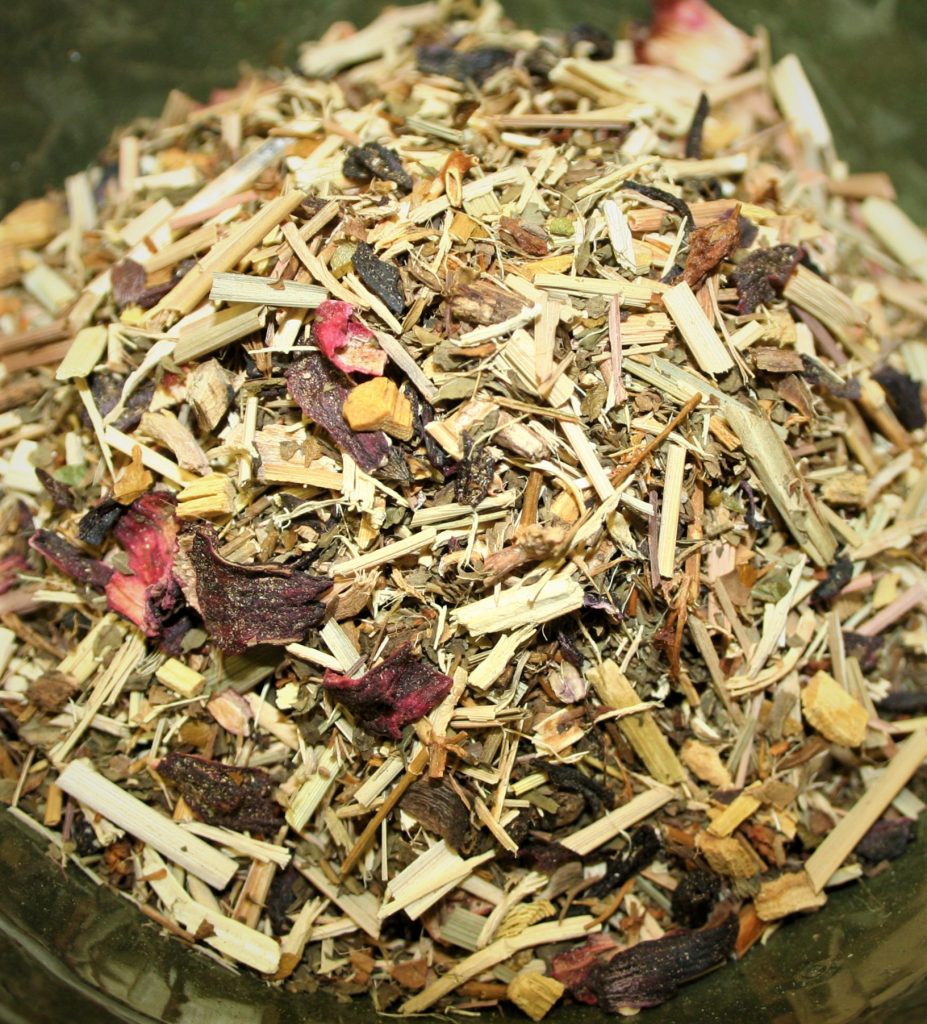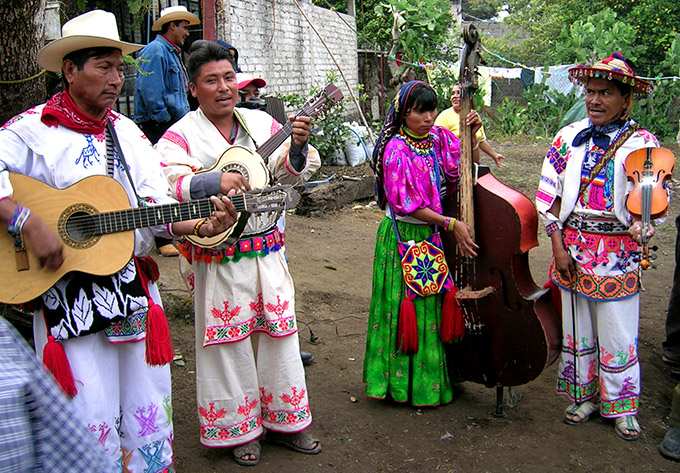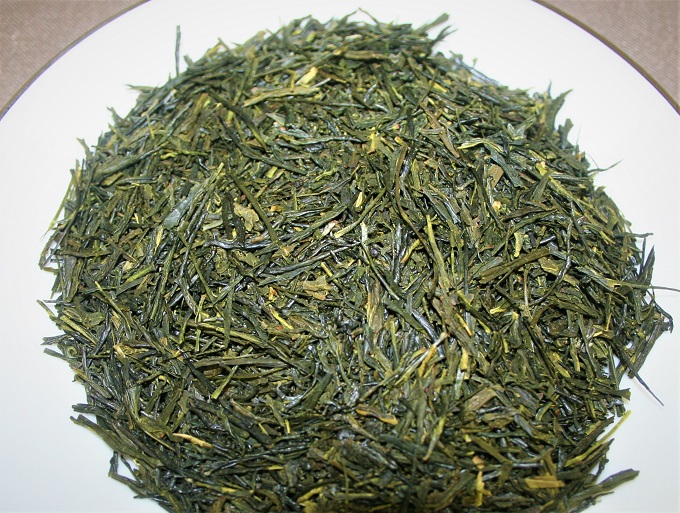The rich Japanese tea culture has experimented and innovated for hundreds of years, and some of the most prized teas in the world come from this relatively small island nation. “Relatively” is an important qualifier – Japan is dwarfed by nearby China, yet it is almost as large as California and its population is a […]
Month: June 2019
Sunny Summer Tea Time – Fresh NEW Tea Offerings from BCT

SEE OUR FULL TEA LIST HERE! Many of us change our diets with the seasons, and we look forward to those winter-time baked goodies or spring wild mushrooms or summertime barbecues (or if you’re like me, you are really enjoying the overlap between this year’s bountiful oyster mushroom harvests and Wisconsin neighbor’s cheerful insistence on […]
Read More… from Sunny Summer Tea Time – Fresh NEW Tea Offerings from BCT
Mexico’s Terruño Nayarita Specialty Coffees

Some of our favorite and most popular coffees are labeled “Terruño Nayarita,” which translates as “my Nayarit homeland” and designates high-quality sustainable coffees grown by family land-holders and small local cooperatives in the compact west-central Mexican state of Nayarit. For exceptional Terruño Nayarita beans, search our coffee list for “Mexico” Mexico has a unique position […]

